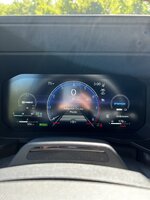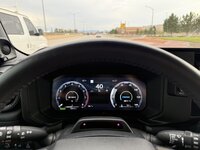I see, i refueled my LC250 today and filled around 80 liter while the odometer showed around 70km range that means around 7 litre of petrol is left. If there was a sub tank with 30L capacity then the over all range should have been more than.
I am not sure if i am missing something here.
I am not sure if i am missing something here.




